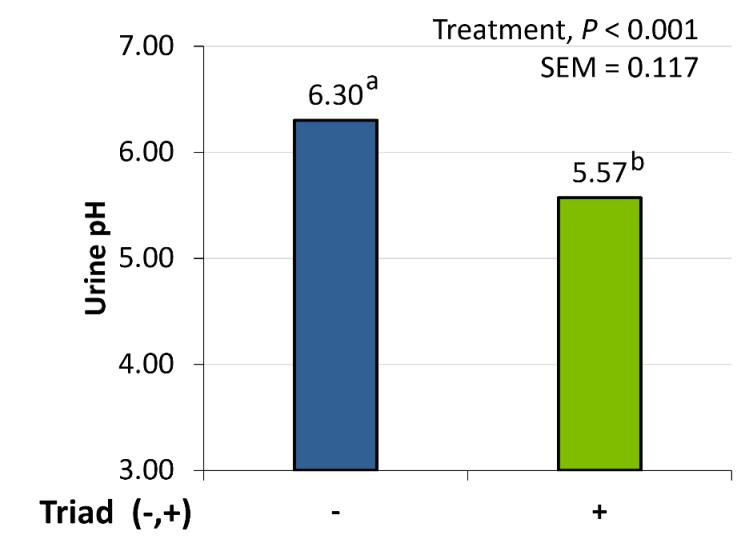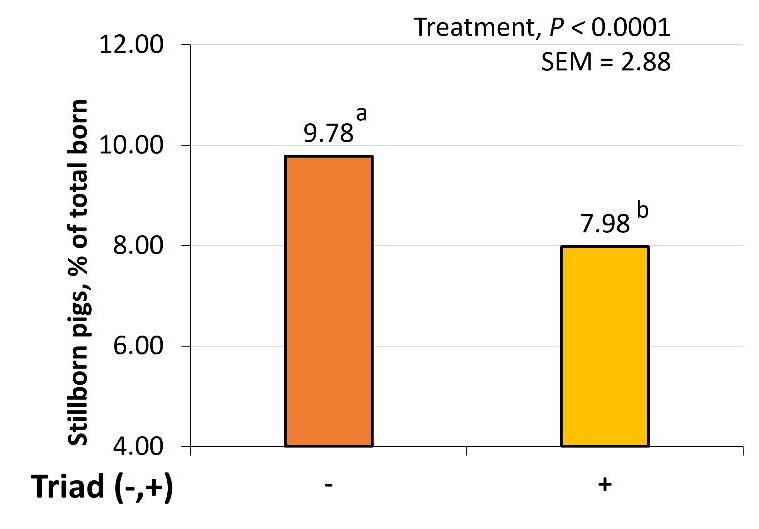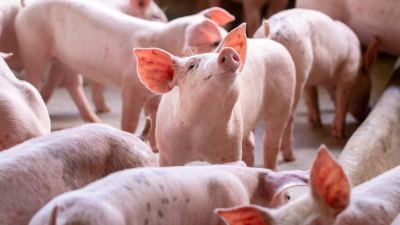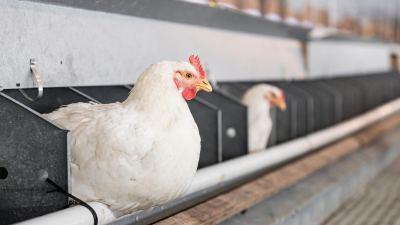Revolutionizing farrowing and pig livability

Successful farrowing and pig livability are vital for the overall profitability and sustainability of swine production. However, numerous challenges can impede these goals, such as farrowing difficulties, postpartum disorders, reduced milk production, and piglet mortality. Traditional approaches often fall short of addressing these issues comprehensively, so alternative solutions are needed.
Nutritionally, we can help provide the sow with solutions to help her mobilize the necessary nutrients to offset some of these challenges. Calcium is one nutrient that is required during late gestation and lactation, as it’s used to maintain fetal skeletal development, milk production, and muscle contractions during parturition. Feeding methods that maximize calcium stores and utilization are vital to aid in challenges around farrowing and piglet survival.
The dairy cattle industry has developed a feeding method known as a dietary cation-anion difference (DCAD) diet. DCAD acidifies the cow’s bloodstream, which triggers the release of calcium from the bone into the bloodstream for the cow to utilize. This mechanism is especially important around calving, when the demand for calcium is extremely high. The same thing occurs in sows. If sows are not able to maintain blood calcium during farrowing, it can result in prolonged farrowing time, which may increase the rate of piglet mortality.
Building on this knowledge, we conducted a study investigating the manipulation of dietary calcium and electrolyte balance in periparturient sows, with the goal of promoting uterine muscle contraction and inducing a mild compensatory metabolic acidosis. As a result, Alltech and Hubbard developed Triad™, a proprietary blend of ingredients and flavors encapsulated in a fat matrix.
Materials and methods
This trial was conducted by Dr. Andrew Bents, Hubbard Swine Technical Veterinarian, at a 300-sow farrow-to-finish operation. On Day 112 of gestation, 60 gilts and sows were transferred to the farrowing house, blocked by parity, and randomly assigned to one of two pre-farrow dietary treatment groups. One group received a control diet consisting of 6 lb. of a corn-soybean meal-based lactation diet containing 1.05% SID Lys and 18% CP, while the other group received the same diet with an additional 25 g of Triad top-dressed. The Triad was top-dressed in the morning, starting with Day 112 of gestation and continuing until farrowing. Sows fed Triad were treated for an average of 3 days. On Day 114 of gestation, samples of blood and urine were collected to assess urine pH, urine bacterial load, and blood urea nitrogen (BUN) levels. Additionally, litter performance was recorded. The group’s average parity and body condition scores were 3.7 ± 2.6 and 3.3 ± 0.8 respectively.
Results and discussion
Generally, a normal urine pH range for sows is between 6 and 7.5. In this study, sows that received Triad supplementation exhibited lower urine pH levels (5.57 vs. 6.30 [P < 0.001]). The decrease in urine pH in response to the Triad supplementation demonstrates that the sows were undergoing a mild metabolic acidosis. This metabolic shift can help to alleviate maternal fatigue during the farrowing process, allowing sows to maintain their energy levels and actively care for their piglets.

Sows supplemented with Triad also showed reduced urine bacterial load (6.02 vs. 6.82 CFU log10 [P = 0.018]) compared to the control group. Due to the nature of the sow’s reproductive and urinary tract anatomy, we could hypothesize that a reduction in urine bacterial load offers potential benefits for the general health and survival of piglets before weaning.
Additionally, there were no significant differences in blood urea nitrogen (BUN) levels between the Triad-supplemented and control groups (9.55 vs. 9.75 mg/DL [P = 0.717])
Litter performance was also recorded during the study. The Triad-supplemented group displayed a numerically lower stillborn rate compared to the non-supplemented group (7.98 vs. 9.78 [P < 0.0001]). Triad supplementation promoted stronger, more effective contractions of the uterine muscles, aiding in the delivery process and in turn reducing the risk of prolonged labor and the associated complications that can negatively affect piglet health and survival. Dr. Bents described that his farm staff could visibly see the difference in farrowing ease and recovery with the Triad sows.

The total number of piglets born, piglets born alive, or pre-wean mortality between the dietary treatments was also recorded and showed no numerical difference.
Conclusion
In conclusion, Triad has been shown to minimize stillborn piglets, aid in farrowing ease, and support piglet survivability. These results emphasize the potential value of Triad as a resource to promote overall productivity on sow farms.















